Not many people today are aware that there used to be a giant race of beings that had walked and ruled the earth. Throughout 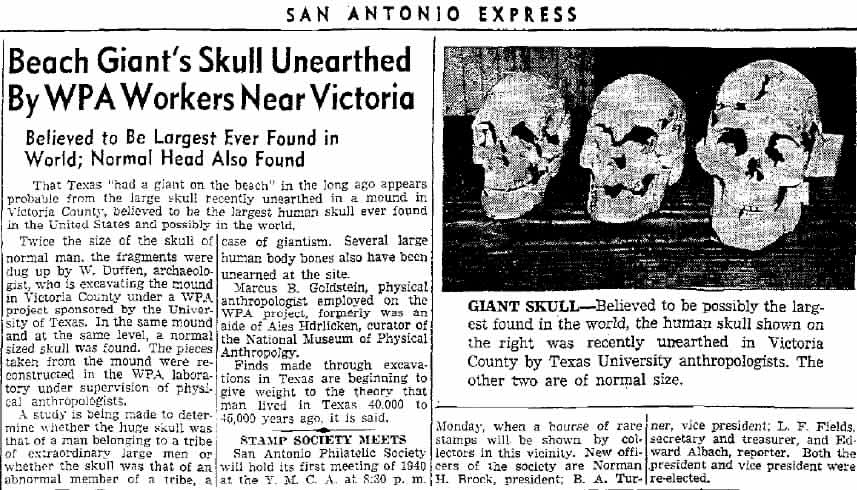 history they have been known in literature as the Nephilim, Anunnaki, mighty men of renown, and simply as giants who became Gods on earth. Men who were renown for the super human mental power, strength, and length in years which they had lived. Nearly 2,500 years ago, the Greek historian, Homer had often complained of the decreasing size of the human species, and in the bible we find these same people written about who are both giant in size and lived to extremely old ages.
history they have been known in literature as the Nephilim, Anunnaki, mighty men of renown, and simply as giants who became Gods on earth. Men who were renown for the super human mental power, strength, and length in years which they had lived. Nearly 2,500 years ago, the Greek historian, Homer had often complained of the decreasing size of the human species, and in the bible we find these same people written about who are both giant in size and lived to extremely old ages.
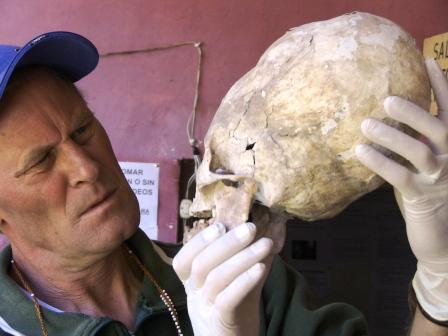 Today, there is real true-life modern day science that backs up these stories, and that any one of us can research to find out the truth for ourselves. In fact, the actual bones of these giants have been found all over the world in places such as America, Italy, Peru, Crete and many other countries. Just recently, I had written on these giants in my article titled: The Alien DNA of the Elongated Nephilim Skulls, where I state the words of a geneticist working with one of the world’s top experts on these giant skulls, Brien Foerster who lives in Peru and had the DNA tested on one of the elongated skulls that have been found all over Peru. The Geneticist had this to say;
Today, there is real true-life modern day science that backs up these stories, and that any one of us can research to find out the truth for ourselves. In fact, the actual bones of these giants have been found all over the world in places such as America, Italy, Peru, Crete and many other countries. Just recently, I had written on these giants in my article titled: The Alien DNA of the Elongated Nephilim Skulls, where I state the words of a geneticist working with one of the world’s top experts on these giant skulls, Brien Foerster who lives in Peru and had the DNA tested on one of the elongated skulls that have been found all over Peru. The Geneticist had this to say;
Whatever the sample labeled 3A has came from – it had mtDNA with mutations unknown in any human, primate or animal known so far.
As you can see, there is now real-life science verifying these giants did in fact exist, and they may be from a different world or an unknown species of human. But for the purpose of this article, I would like to focus on one area of the world in particular where these giants have been discovered. A place in the Mediterranean Sea known today as the island called Crete, where I believe these Giants had first originated and/or was one of their most important home bases in all of history. I will support my research below with eyewitness accounts and quotes from some of the world’s most renown authors and geographers that have been taken directly from their sources.
WHY IS CRETE CALLED THE LAND OF THE GIANTS?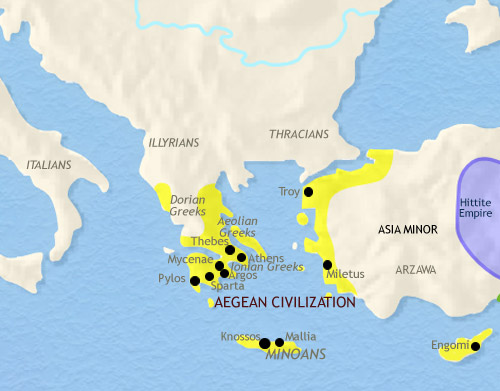
Over the course of history, the island of Crete has been one of the, if not the most important of all the Greek islands due to the fact of its history of both governments and Gods who have ruled the earth and seas from this most ancient Holy Island. During the last few thousand years, Crete has been known by various names such as Kaphtor, Candia, Cappadocia, and in Greek myths as Atlantis, or in ancient literature as Arcadia.
These name facts are important to comprehend in order to understand the ancient history surrounding this island. It wasn’t until the last 100 years or so that much of this history was lost in time or wiped out purposely for the alleged good of all spiritual parties involved.
As I mentioned above, Crete was once known in old times as Arcadia. The Greek historian Herodotus had written about another historian, Eustathius who had said that Arcadia was once called Gigantis, “The Land of Giants,” because of the giants who had formerly lived there. It was also known as the Greek Garden of Eden. This connection between Arcadia, giants, and to the Garden of Eden makes sense, because the 4th century Roman author Servius in his Commentary on the Eneid says, that the Arcadians often reached the age of 300 years.—Grotius.
Several of the world’s most influential authors all throughout history verify these accounts of giants, gods, and the island of Crete. People such as Diodorus Siculus, Pliny, Strabo, Plutarch, and Plato, just to name a few. In addition to these historical accounts by some of the world’s most trusted authorities, there is also the science with real life giant bones that have been found on Crete. In fact, the largest bones that have ever been found were discovered on this very same island, which may prove this was truly the home or the Land of Giants.
Pliny in the 6th chapter of the 7th book of his Natural History, speaks of a mountain in Crete that had been overturned by an earthquake and that had uncovered the bones of a massive giant. Philodemos of Gadara (ca. 110-40 B.C.) reported another giant found on Crete that was 48 cubits in length; this would equate to 72 feet in length. These finds are interesting because the God Zeus or Jupiter was also educated and hid in a cave on a mountain called Mount Ida on Crete.
This was also where the priests of Pan had first originated and worshiped on the mountain known as Lycaeus and the Sacred Mountain. The Luperci priests who were also known by many names such as the Telchines, Curetes, Corbanytes, and the Priesthood of Jupiter Ammon etc., were placed in charge of protecting Zeus (Jupiter or Jove) by his mother Rhea from his vengeful father, Cronus (Saturn).
During the Cretan war from 205–200 BC a massive giant skeleton was discovered on the island. This giant was measured at the length of thirty-three cubits, which equates to nearly 42 feet. The Roman Lucius Flaccus was a notable eye witness to the gigantic bones, and the Greek writer under Roman Emperor Hadrian, Phlegon of Tralles also mentions the discovery of several giant skeletons.
In the The Geography of Strabo, Volume 1 By Strabo, he writes about these giants that were discovered in city founded by the biblical Corinthians who used to reside in the modern day island of Crete;
“Somewhere in this neighbourhood is the mountain Bermius,2 which was formerly in the possession of the Briges, a Thracian nation, some of whom passed over to Asia and were called by another name, Phrygians (Phryges). After Thessalonica follows the remaining part of the Therman Gulf, extending to Canastneum. This is a promontory of a peninsula form, and is opposite to Magnesia. Pallene is the name of the peninsula. It has an isthmus 5 stadia in width, with a ditch cut across it.
There is a city on the peninsula, formerly called Potidsna, founded by the Corinthians, but afterwards it was called Cassandria, from king Cassander, who restored it after it was demolished. It is a circuit of 570 stadia round the peninsula by sea. Here giants were said to have lived, and the region to have been called Phlegra. Some consider this to be a mere fable, but others, with greater probability on their side, see implied in it the existence of a barbarous and lawless race of people who once occupied the country, but who were destroyed by Hercules on his return home, after the capture of Troy. Here also the Trojan women are said to have committed the destructive act of burning the ships, to avoid becoming the slaves of their captors’ wives.”
Cristoforo Buondelmonti (1386 – c. 1430) was an Italian monk, traveler, and a pioneer in promoting first-hand knowledge of Greece and its antiquities, who had written about a Cretan city named Sarandopolis that was formerly inhabited by giants, and where modern eparkhia of Setia derived its name.
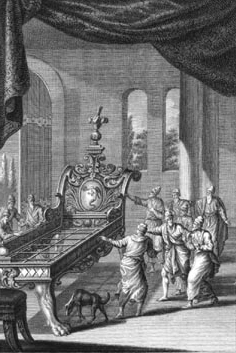 THE BIBLICAL CONNECTION TO CRETE AND GIANTS
THE BIBLICAL CONNECTION TO CRETE AND GIANTS
They are spoken about in the Old and New Testaments such as in Genesis where it is written, “There were giants in the earth in those days”, or in Genesis 6:4 where it says that the offspring of the Nephilim were “mighty men of old, men of renown.” In Num. xiii. 33 the Nephilim are described as gigantic, and many dictionaries such as the Brown-Driver-Briggs Lexicon, gives the meaning of Nephilim as “giants.” Other explanations of the name, base Nephilim as a word that is a derivative of the Hebrew verbal root n-ph-l “fall.” These giants were also known as “sons of the earth”, which is important in understanding both the bible and “modern human history.”
In the “Antiquities of the Jews“, the story of Aaron’s son Eleazar’s height according to Josephus went like this; ‘There was that there was a Jew named Eleazar the Giant, who stood over ten feet high, was among the hostages that the king of Persia sent to Rome to insure a peace.” Eleazar was a priest in the Hebrew Bible, the second Kohen Gadol (High Priest) – succeeding his father Aaron. He was a nephew of Moses.
I had written on the Kohen of Kos in previous articles, where I identify the island of Kos as being the modern day island called ‘Dia” that happens to sit just 7 miles off shore of Crete. The name Dia was an old name for Zeus.
This biblical story may give us a clue as to what eventually had happened to these giants from Crete;
The sons of Joseph were authorized to invade the “land of the giants” [xvii. 13] and Og, the king of Bashan, and the last sovereign of the Amoritish dynasty, encountered Moses at Edrei, where he fell “with his sons, and all his people, until there was none left alive, and they (the Israelites) possessed the land,” Numb. xxi. 33, 34, 35.
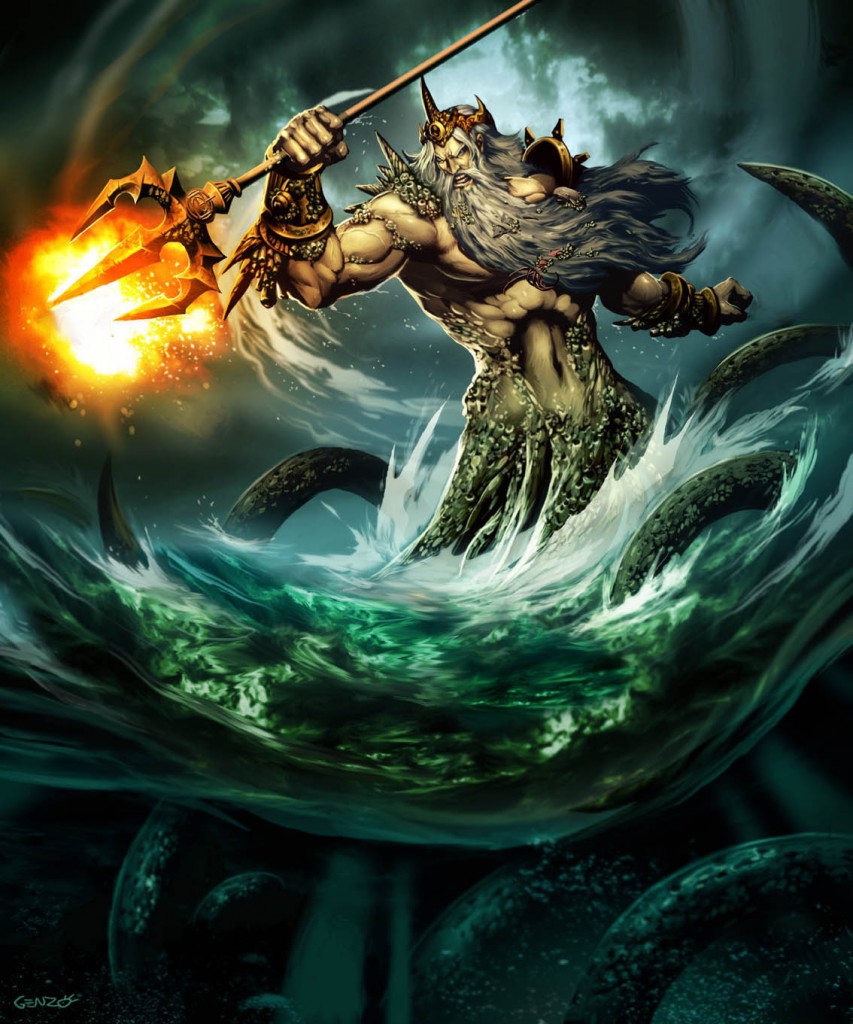
GIANTS IN CRETE AND GREEK MYTHOLOGY
In Greek mythology, these offspring of the giants were known as the Titans. They were said to come from the East and were considered as the offspring of Coelus and Terra. In ancient mythology, the Sea God Neptune is connected to the Island of Crete along with his brother, who happens to be the King of the Gods, Jupiter. Together they do battle against the Titans. Titan is known today as Saturn VI, and is the largest moon of Saturn. Saturn is also known on the SO BELOW as Satan. The father and adversary to his son, Jupiter.
We learn from Diodorus of Sicily who had said that Jupiter had went to battle with the giants on Crete;
“It is reported, that he travelled through the whole world, putting to death thieves, robbers, and other impious persons; establishing commonwealths and democracies in every place wherever he came.
About that time he slew several giants with their adherents, as Mytinus in Crete, and Typhon in Phrygia.
Before the battle with the giants in Crete, upon Jupiter sacrificing of oxen to Sol, Coelus, and Terra, in all the entrails appeared evident signs of what was decreed by the gods; their victory especially was portended, and a defection of some from the enemy, as it proved in the issue of the war; for Musaeus fled and revolted from them, for which he was highly honored.
At length, all that fought with the gods were every one cut off, and destroyed: but he was afterwards engaged in a new war against the giants at Pallene in Macedonia, and antiently in the plains of Italy, called Phlegra, from the conflagration the country once suffered, but now called Cum®.
The reason why Jupiter destroyed the giants, was their violence and oppression, making use of their strength and massy bodies to enslave their neighbours; and for that they were lawless, and not to be kept within any bounds of justice, made war upon them; who, for their doing good, and being beneficial to mankind, were reputed for gods by all people whatsoever. And he not only rooted up the wicked and impious, but rewarded the best of the gods, heroes, and men, with due honours according to their several deserts. The great authority, therefore, and good deeds of Jupiter were such, that to him was attributed an eternal habitation and kingdom in Olympus.”
Here is an account of giants on Crete by Diodorus of Sicily who had written on Zeus’s engagements with the giants that took place on this island. Crete was also where the God Zeus was hidden in a cave on Mount Ida.
“It was here that Mylinos was destroyed. One wonders not to find a deity, the earth-shaking son of Kronos, described as the father of the giant-babes of Iphimedeia, for Of ill-joined sons and daughters born First from the ancient world those giants came, With many a vain exploit, though then renowned Otus and Ephialtes were nine cubits in breadth, and twenty-seven cubits in height25, so that if the giant’s tomb which I saw yesterday belongs to Otos, tradition has increased his stature. According to the common accounts, they were slain by Apollo or Artemis. (2)”
There is also the mythological Talos or Talon who was a giant man of bronze and who protected Europa in Crete from pirates and invaders. In the Cretan dialect, talôs was the equivalent of the Greek hêlios, the Sun.
THE MIGHTY MEN WHO WERE OF OLD, MEN OF RENOWN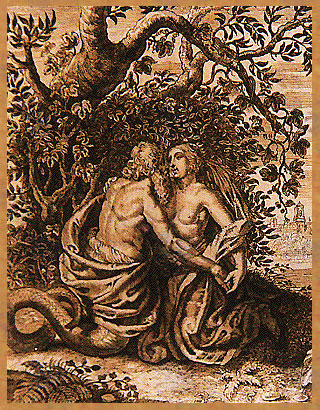
In Greek culture over the course of history, there has been a large number of father gods and sons of gods; and in Ancient Greece there was actually a real family that were described in the same fashion- “who were of old, men of renown and the sons of gods.” This race or particular family is mentioned by both Plato and Plutarch as “the oldest families in Thebes — a large part of the Boeotian aristocracy and the mighty men who were of old, men of renown.”
Thebes was the Capital of Boeotia, said to have been founded in 1500 B.C. by the Phoenician Prince, Cadmus who was the son of Agenor, king of Phoenicia. Cadmus was the Father and Founder of the Ancient City of Thebes and whose followers were known as the Boetians. The name Cadmus is originally derived from the Phoenicians Cadmon or Cadam-On, which denotes Cadam, meaning- The Son (Son of God-Nephilim).
The Greek historian Herodotus had said that the Curetes had come to Crete with the Phoenician Prince Cadmus, who in Greek legend is the inventor of the alphabet. We can also connect these Giants in Boetia via mythology, with Ori’on (Oriôn), a son of Hyrieus, of Hyria in Boeotia; he was said to be an extremely handsome giant hunter, and said to have been called by the Boeotians, Candaon.
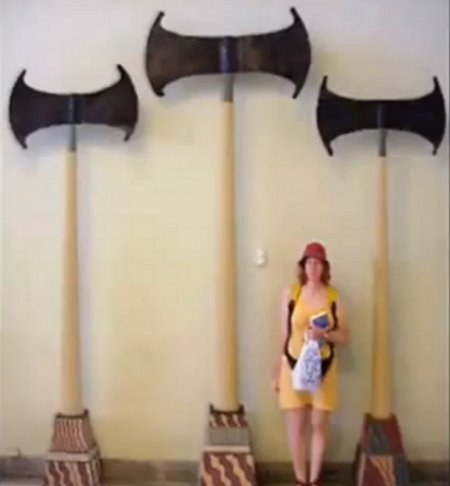 HISTORICAL EYEWITNESS ACCOUNTS AND PHYSICAL SCIENTIFIC EVIDENCE OF GIANTS IN CRETE
HISTORICAL EYEWITNESS ACCOUNTS AND PHYSICAL SCIENTIFIC EVIDENCE OF GIANTS IN CRETE
As you can witness from my above research; over the course of the last few thousand years, there have been many myths created and stories told by some of the world’s most trusted historians about these giant men and Gods that ALL originate from the island of Crete. In fact, there are more stories and eyewitness accounts of giant people and bones being found on the island of Crete, than anywhere in the world.
In addition to the eyewitness accounts and bones that have been found here that help verify this history with some science, there is more scientific evidence in the form of the tools that these giant people had used. Tools such as the massive double headed axes that have been found in Crete. These axes are said to be from up to 1700 years before Christ and were also the main religious symbol of the ancient Cretans. They date to the Second Palace and Post-Palace periods (1700 – 1300 BC)”. The Minoan name for the double axe is “labrys”, thus the word labyrinth may originally have meant the “house of the double axe”.(Archeological Museum of Herakleion)
SOURCES:
ALL OPEN SOURCE
Giants and Dwarfs By Edward J. Wood
The Geography of Strabo, Volume 1 By Strabo
Travels in Crete, Volume 1 By Robert Pashley
The Historical Library of Diodorus the Sicilian: In Fifteen Books …, Volume 1
By Diodorus (Siculus.)

Moe is the founder of GnosticWarrior.com. He is a father, husband, author, martial arts black belt, and an expert in Gnosticism, the occult, and esotericism.

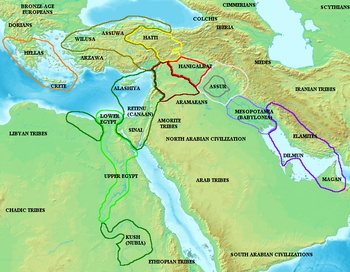
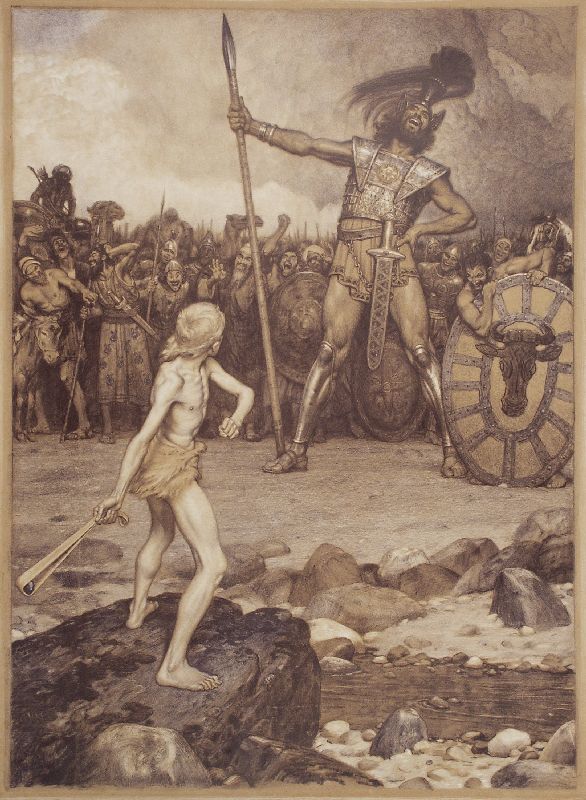
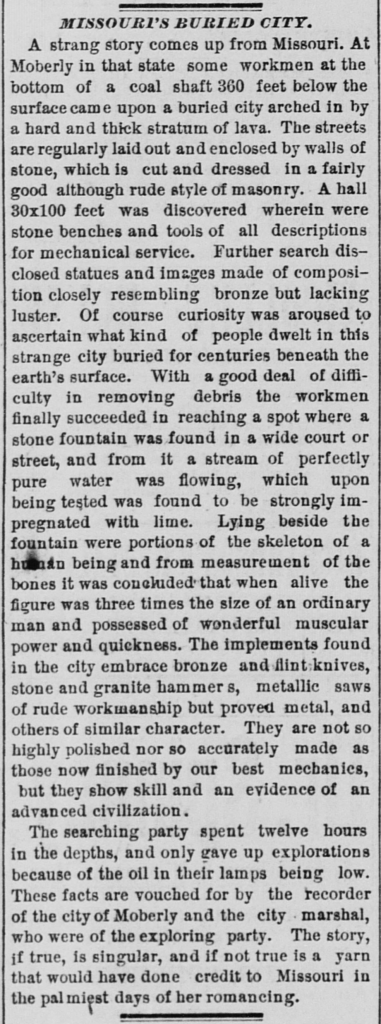
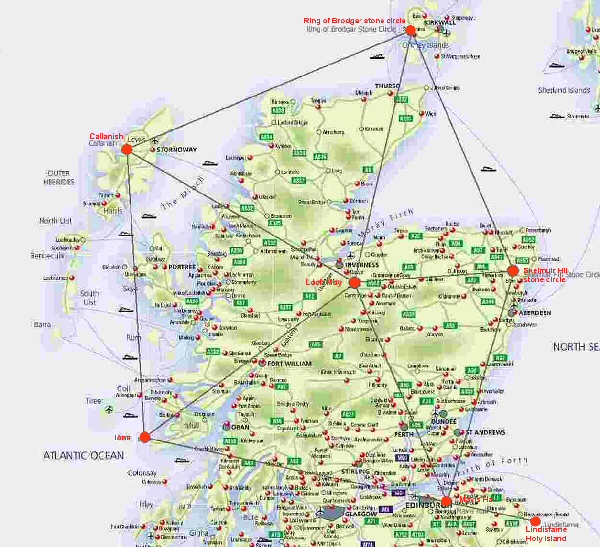
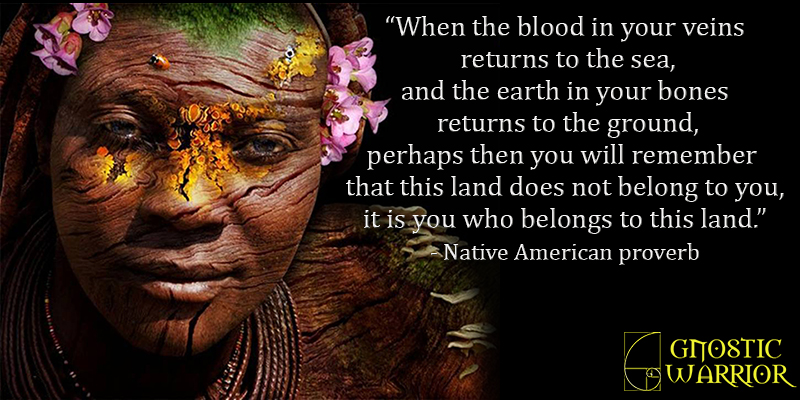
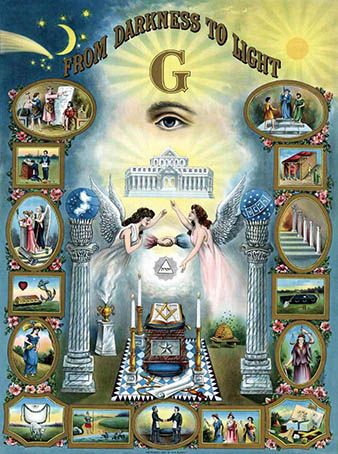
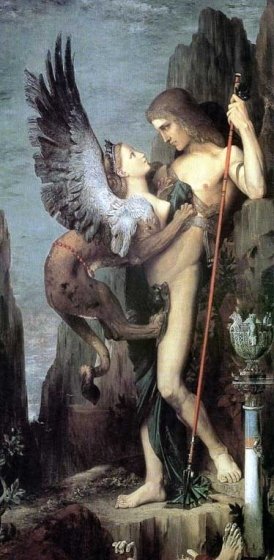
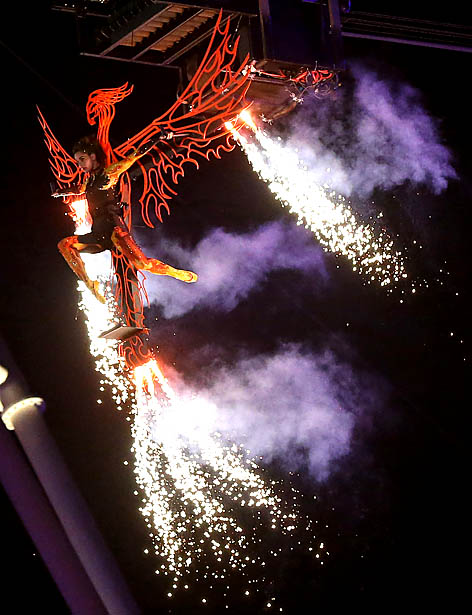
Whilst the skull the guy is holding is weird its just elongated and the facial section looks average size, definitely not Giant.
Also the so called Giant skeletons supposedly found in Crete were all proven to be bogus photo shopped.
is any body here
Of course I’m here brother.
Hola amigos
Hola mi amigos.
” There are many, many truths and secret teachings contained in the bible.”. Moe I do not doubt this for a single second but probably THE most important question of ALL time is “Why the secrecy”. I do not have any wish to offend anybody but I was brought up to believe that the bible was intended to educate everyone into a better way of liv ng. How can it do that if the truth is kept hidden. Does this not pave the way towards the elitism that Truth Seekers today point the finger at being responsible for our slavery?
The thing you have to realize is that there are different reasons for secrecy and different levels of knowledge and capacities for knowledge. Most of us can do basic arithmetic but how few of us can do physics or chemistry equations? And those things aren’t secret, just something the average man has no interest in even though many of the secrets of nature are in them. One of the philosophies of gnosticism is that long ago, the good guys lost and the rulers of this world have stamped out truth movements. Therefore truth movements have been disguised and only those who seek find.
The reason for secrecy is simple. To conceal these teachings from the profane (Uninitiated) to conquer the world and also their spirits. Hence, ORDO AB CHAO. Those souls who are strong enough and have evolved beyond their control are either recruited into the Great Work, silenced or killed. This is why they say, “The End Justifies the Means.” The End goal is heaven on earth and the kingdom of God ruled by reason, light, truth and love. Unfortunately, for much of selfish humankind, they will not make it because they have not evolved to such a point of light, love and truth.
Yep the goats will be separated from the sheep and slaughtered if those in charge have a say. But goats have horns and the ability to climb to higher ground. We won’t all be eliminated or recruited into this grand new kingdom. There are other real-ms.
song lyrics-thank you ACCEPT
Too many slaves in this world
Die by torture and pain
Too many people do not see
They’re killing themselves – going insane
Too many people do not know
Bondage is over the human race
They believe slaves always lose
And this fear keeps them down
Watch the damned (God bless ya)
They’re gonna break their chains (hey)
No, you can’t stop them (God bless ya)
They’re coming to get you
And then you’ll get your
notification
I am kinda surprised that you are quoting the bible like it ever had a single word of truth in it. I thought that you Gnostics knew about the deception.
Yes, I AM a Gnostic and also a biblical researcher. There are many, many truths and secret teachings contained in the bible. Have you even ever read the bible?
Well I have read Genesis Moe, or at least parts of it. I feel that this chapter holds all of the keys to a truth that has taken humanity down the path of satanism. I heard your interview with Mark Passio on the subject and by his definition, and he should know, almost all of us are satanists.
The God as portrayed in Genesis is proven to be a liar and deceiver and a threatener of lives in order to coerce behaviour but you know the absolute dead giveaway for me is his insistance that Abram commences a population program of offspring circumcised after eight days. How can this instruction be accepted as coming from God and if it is then surely God is actually Satan and it is Lucifer that we need to look to for the knowledge of right and wrong.
I mean please just ask yourself, as I do, why would God create an imperfect being? If man was created by God with a foreskin then you can be certain that there is a reason for it. If you want to look at it in religious terms then that makes circumcision the greatest blasphemy. Would you or anybody else accept frontal lobotomy in all new born baby’s in order to generate a certain type of personal characteristic? I doubt it but circumcision has the same deep psychological impact on a person and I am talking from personal experience.
It is this very same subject that causes me to rationalize the conclusion that whoever it was that was ordering the circumcision of man was someone that knew that in doing so they were changing the entire nature and direction of humanity by initiating a battle of the sexes that seen woman pushed into subjugation by the circumcised man who was no longer in touch with God’s nature.
The barbaric act of circumcision is strongly connected to the elitism that saw Pharoahs dominating Egypt and even today in remote areas of Africa it is seen as an initiation into an elite group. It is a blood sacrifice that originally saw the men who did the act of circumcision sucking the evil blood from the severed foreskin and penis. How can the bible be viewed as Godlike when the God therein coerces people into accepting slavery and barbaric practices that have the effect of completely altering the nature of human life?
When Mark says we are Satanists, this is because we are managed and manipulated by the powers of darkness or the dark planet Saturn who is Satan. Life is a stage and we are all players who choose our parts. What we do have is free will to choose light or darkness in this chessboard game that is our lives. Therefor we each can choose to be pawns, Bishops, Knights Kings and or Queens.
The God of Genesis is Jupiter. The King of Kings and Lord or Lords. The planet which gives light, love, truth and energy to us humans.
Circumcision was performed to mark their slaves and citizens and possibly other sexual reasons.
As you can see Moe, I am very passionate on this subject. My life has been blighted by the dismemberment of my body that took place at a crucial time of my life. What a welcome into the world circumcision is and I have been left knowing that an essential piece of my jigsaw is missing. The consequence of that has been a desperate search for love that has not manifested mainly due to my underlying desire for sexual fulfilment. Both of these life goals I now understand, have been undermined because of the trauma of circumcision. I am 58 years old, alone, and likely to remain so.
What makes me slightly different from the norm is the inheritance of my Mothers angelic purity, innocence and love that I have never been able to find a home for in a world that is almost entirely governed by the religion of money. Again, this religion is directly connected to the bible and its creators. My sense of the past is based on the inherant knowledge that we we live in a female universe and that the essence of our spirituality has been supplied by our Mother God, Nature, Earth.
I view the advocacy of circumcision by God in the bible, as an instruction to men to break the bond of love that is gained via the in tact sexual union of man and woman. That goes against nature and we are all living the consequences of that instruction today. You only have to be slightly aware to know that we are all inescapably slaves to the monetary system that was condoned by God in the bible and I quote:
Genesis 17:13
Both he who is born in your house and he who is bought with your money, shall surely be circumcised. So shall my covenant be in your flesh an everlasting covenant.
This is the example set to the world to follow and it is born out of a complete absence of love and CARE, (as Passio specifies as being the essence of Natural Law.)
I quite understand how many will get upset by my words but they are spoken with an aim that is true. If you are able to offer me any enlightenment that may change my view then I will wellcome it.